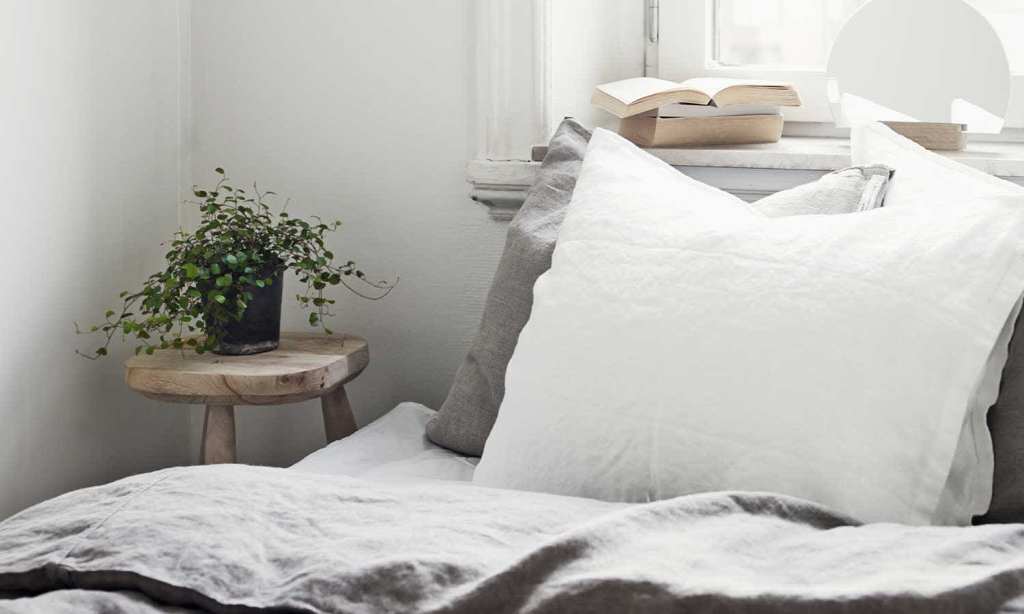You know when you look at a room and it just looks ‘styled’? Like, you can tell the furniture, décor, and their positioning were all carefully considered? Well, one important element helping it look that way is texture.
“Texture in interior design refers to the feel, touch and physical appearance of surfaces and materials,” says Kyal and Kara from The Block. “From hard finishes, furniture and rugs, down to cushions, linen, curtains and throws, each texture plays an important role in creating character unique to that space.”
While there’s no right or wrong way to incorporate texture into your home, there are some things to keep in mind. Ahead, Kyal and Kara share four tips for how to best add different surfaces and materials to your every home space.
Experiment With Textured Accessories
“Textured home accessories are often referred to as the ‘icing’ on the cake when it comes to styling, however, they make all the difference to how the home comes together. It should also be said that they can completely change the look and feel in an inexpensive manner.
“The perfect example of this is changing your bedroom linen colour seasonally to change up the look and mood. For a summer-inspired bed, you could use a linen quilted coverlet in natural (like this one from Dri-Glo) for a light and fresh textured look. For winter, mix things up with a linen quilt cover set (like this one in asphalt) and a textured throws for a warm and moody vibe.”
Consider Textured Lighting
“Lighting has the ability to make or break how visually appealing and inviting a room feels. The way light bounces off surfaces of different textures adds so much visual interest and mood to a space. In any given room, aim to mix up your lighting sources so you’re not solely dependent on one source.
“Examples include overhead lighting, hanging pendants, wall lighting, table lamps and floor lamps, which when used in combination, have the ability to create an ambient, layered space.
“Never underestimate the effect shadow that can be created by mixing up the light fixture or shade material, for example, a rattan lampshade will create an elaborate shadow play on the wall or across a bed.”
Consider Layering Different Textures
“Layering different textures assists in creating a room that has depth and character,” the couple says. “Generally speaking, a room with minimal texture can feel one-dimensional and soulless. The introduction of varying textures into a room can assist in telling a story. As an example, textures layered in a bold, colourful and contrasting manner can tell an exciting story.
“On the flip side, varying textures of a similar tone can create a warm and comforting feel to invite a relaxed mood. For example, layering a bed with soft linen sheets, a quilted coverlet, throws, and cushions of varying textures can be done with similar tones to create a soft and calm look, or with contrasting colours for a bolder look.”
Add Textured Furniture
“When designing a room or interior from scratch, floor and wall finishes are usually our starting point. From there, locking in the key furniture pieces is the next step. These pieces are an opportunity to begin setting the tone of the room.
“For example, a rustic timber dining table tells a very different story from a sleek, modern concrete table. Both are equally as beautiful, but the texture that each one brings will assist in the room coming together the way it was intended. Textured furniture provides the base of all other stylings. Statement or antique-one-off pieces are a great way to add your own personality.”
Read more stories from The Latch and subscribe to our email newsletter.

